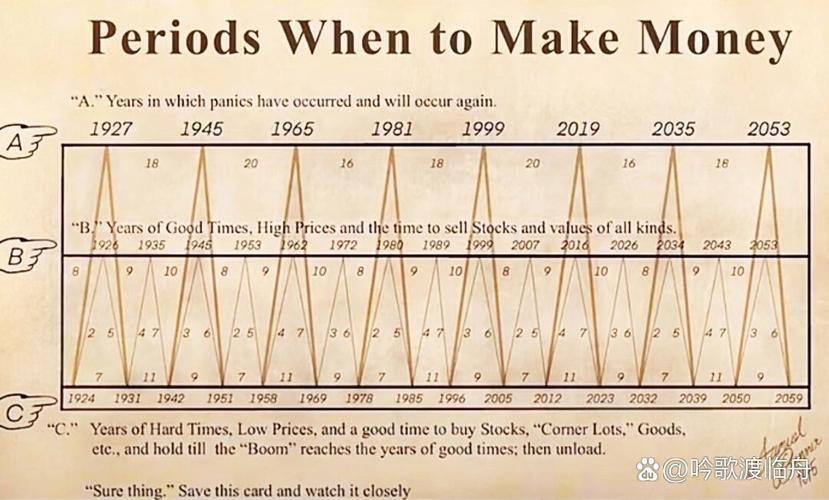Understanding the Basics of Chart Trading
Trading with charts is a popular method used by many investors and traders to make money in the financial markets. Charts provide a visual representation of market data, allowing traders to identify trends, patterns, and potential trading opportunities. In this article, we will delve into the details of how to make money trading with charts, covering various aspects of chart analysis and trading strategies.
Choosing the Right Chart Type
Before diving into chart trading, it’s essential to understand the different types of charts available. The most common chart types are line charts, bar charts, and candlestick charts. Line charts connect the closing prices of a security over a specific period, providing a simple view of price movement. Bar charts, also known as OHLC (open, high, low, close) charts, display the opening and closing prices, as well as the highest and lowest prices during a given period. Candlestick charts are similar to bar charts but offer a more visually appealing representation of price action.

Understanding Price Patterns
Price patterns are essential tools for chart traders. They help identify potential reversals or continuations in the market. Some common price patterns include head and shoulders, triangles, flags, and pennants. By recognizing these patterns, traders can make informed decisions about entering or exiting trades. For example, a head and shoulders pattern often indicates a reversal in the market, while a triangle pattern suggests a continuation of the current trend.
Using Technical Indicators
Technical indicators are mathematical calculations based on historical price and volume data. They help traders identify trends, momentum, and potential entry and exit points. Some popular technical indicators include moving averages, relative strength index (RSI), and Bollinger Bands. Moving averages smooth out price data, making it easier to identify trends. RSI measures the speed and change of price movements, while Bollinger Bands provide a range of prices within which the security is expected to trade.
Implementing Trading Strategies
Once you have a solid understanding of chart analysis and technical indicators, it’s time to develop a trading strategy. A trading strategy is a set of rules and guidelines that help you make trading decisions. Some common trading strategies include trend following, mean reversion, and breakout trading. Trend following involves identifying the direction of the market and trading in that direction. Mean reversion focuses on identifying assets that are overvalued or undervalued and trading accordingly. Breakout trading involves entering a trade when the price breaks out of a specific range or pattern.
Managing Risk
Risk management is crucial in chart trading. It involves setting stop-loss orders to limit potential losses and taking profits at predetermined levels. Stop-loss orders are placed below the current price for a buy order and above the current price for a sell order. By managing risk effectively, traders can protect their capital and increase their chances of long-term success.
Practical Tips for Chart Trading
Here are some practical tips to help you succeed in chart trading:
| Tip | Description |
|---|---|
| Start with a demo account | Practice your trading strategies without risking real money. |
| Keep a trading journal | Record your trades, strategies, and lessons learned. |
| Stay disciplined | Follow your trading plan and avoid emotional decision-making. |
| Continuous learning | Stay updated with market trends, news, and new trading techniques. |
By following these tips and continuously refining your skills, you can improve your chances of making money trading with charts. Remember that success in chart trading requires patience, discipline, and a willingness to learn from your mistakes.



